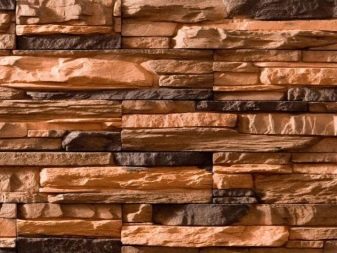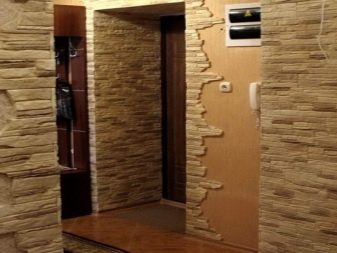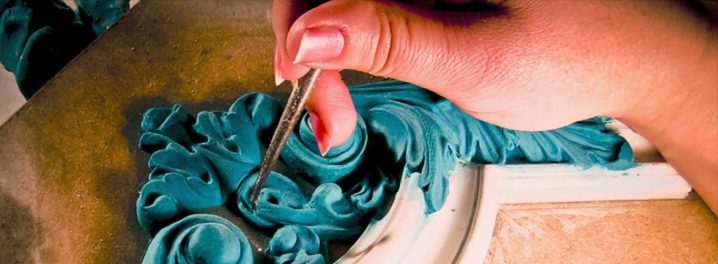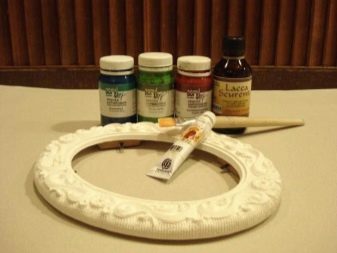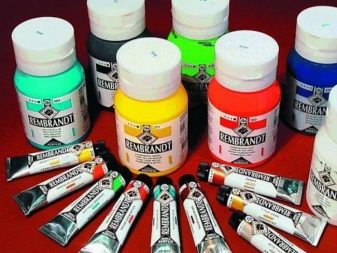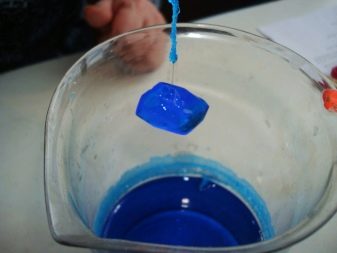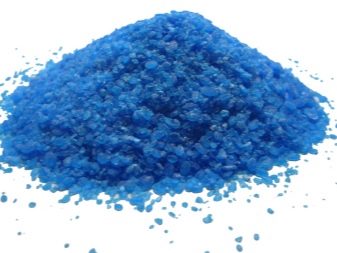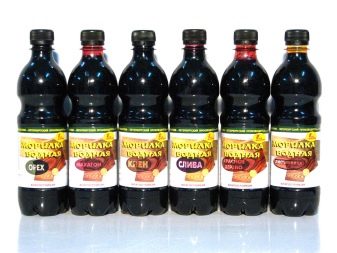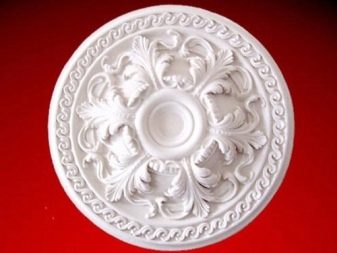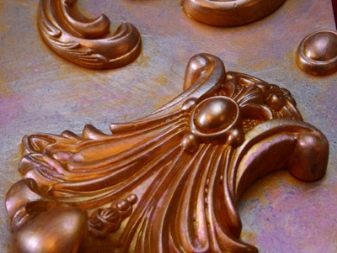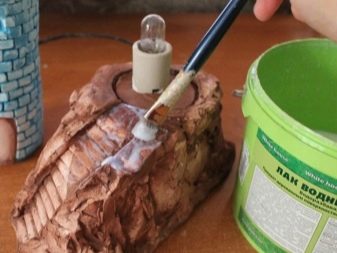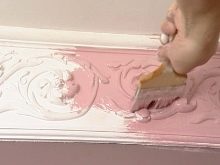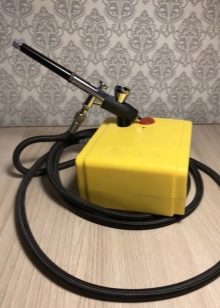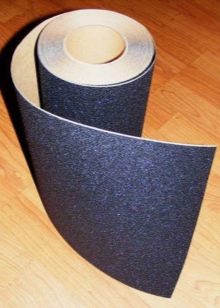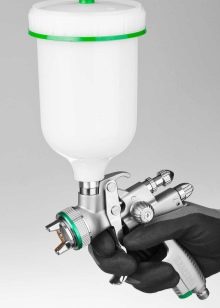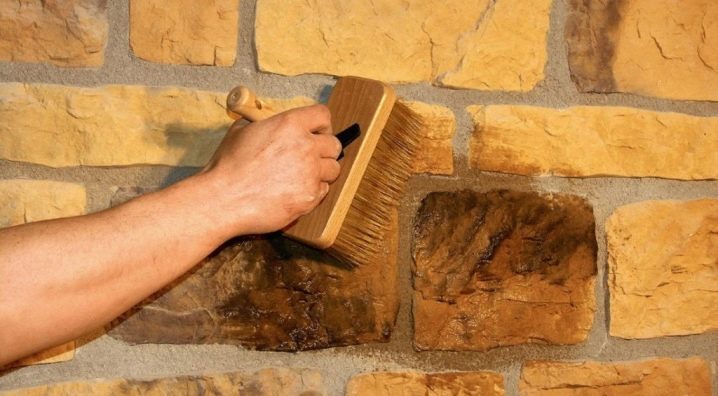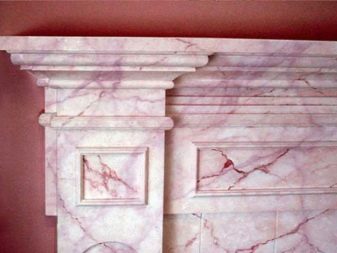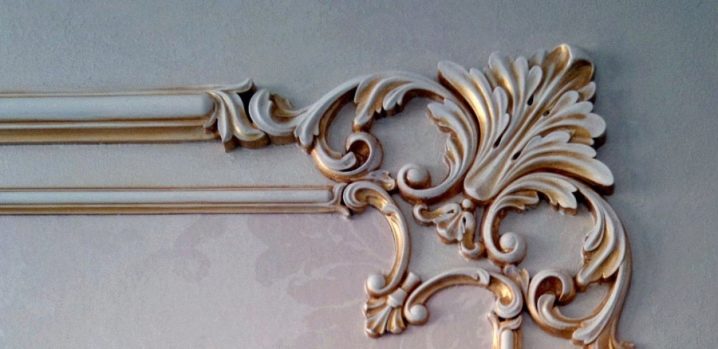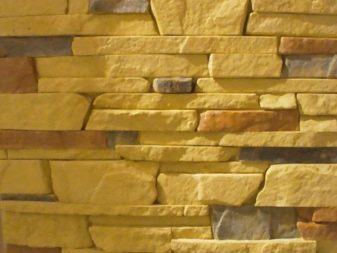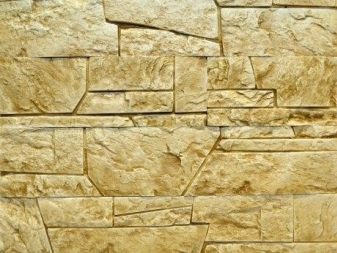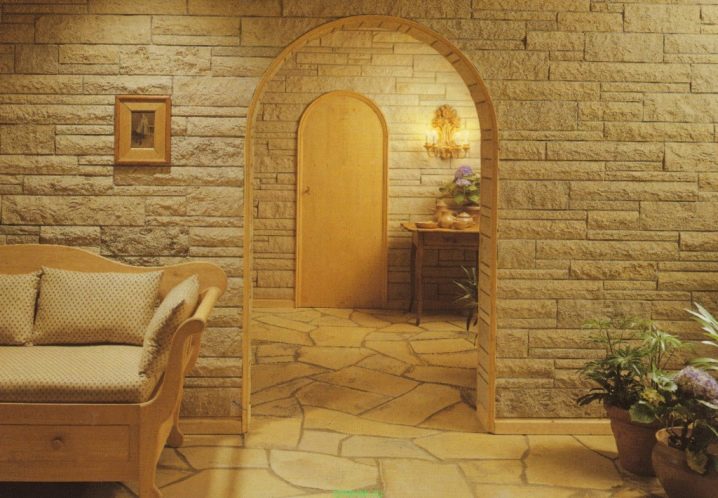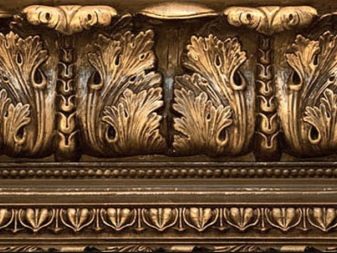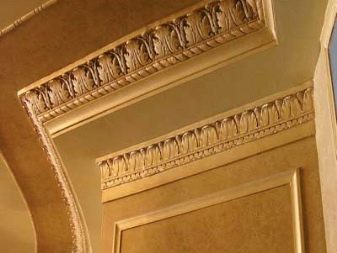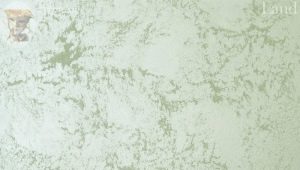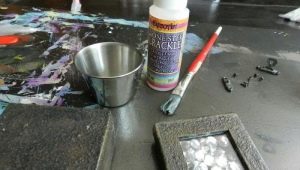Painting decorative stone plaster: the details of the process
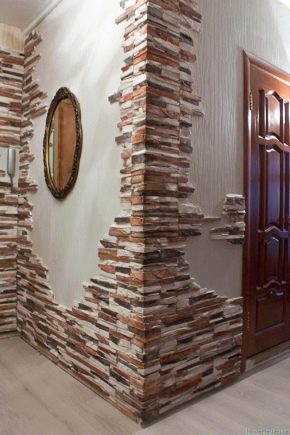
Painting decorative stone plaster will allow you to get a coating that is distinguished by aesthetics and the ability to combine with a variety of interiors. It will additionally protect the surface and make its service life longer. However, it should be borne in mind that the process of staining such a framework is characterized by certain difficulties. You will be able to achieve excellent results if you take into account a number of nuances.
What to choose?
It is necessary to paint artificial stone from gypsum, cement or other material if you created any product yourself or simply bought raw products. Painting a plaster surface is usually not very easy and fast: you will need to be patient with such work. It will be necessary to do everything with maximum accuracy.The material will have to be pre-tested on the surface: as a result, the shade does not always turn out exactly as you expected. For gypsum, you can use different dyes.
Acrylic materials
Acrylic paints are very popular: such coatings are beautiful and at the same time protect the surface well.
They have certain properties that are needed for artificial gypsum stone:
- resistance to fluid, UV radiation;
- vapor permeability (gypsum can create a certain microclimate in the room, because this material gives and absorbs the liquid);
- elasticity (coatings may eventually crack, but with elastic paints in this regard is much simpler).
If you want the paint to be even more resistant to moisture, choose the material to which silicone is added.
Another important advantage of acrylic dyes is the ability to change hue (to get the desired color, you should use a color scheme).
Vitriol
Copper or iron sulphate is used as an impregnation, such materials make the plaster surface more durable. However, they also give it certain shades: copper - bluish, iron - yellowish.
Dry material will need to be diluted in water.After that, put the items in a container (approximately two hours). They should not be in contact with each other - otherwise there will be areas that differ in color from others.
Stain
For the treatment of gypsum, you can use wood stain. When working with acid stain, you should be very careful. It is recommended to first select one tile and test the material on it: gypsum products are different in composition.
Other solutions
For the treatment of artificial gypsum stone with your own hands, you can use various impregnations, varnishes. With the help of these materials you can get very interesting effects: the illusion of moisture, beautiful shine.
Suitable material can be prepared independently, but this will have to understand the intricacies of the process.
Modern stores sell special paints that make the surface look like natural stone. Such materials are quite expensive, but the result will be worth the money spent.
rules
Putting the dye on the plaster surface, you need to remember some rules.
The most important recommendations:
- Remember that some impregnations cannot be combined with paints. Before using this or that material, you should carefully read the instructions for it.
- Previously painted surfaces will need to be pre-sanded. This is not a very simple job (especially when products are already on the walls).
- Gypsum stone should be kept at home after purchase. Before painting, you should wait at least 24 hours: the product must reach a balance of humidity and temperature.
- Paint can be applied only on a completely dry surface.
- The surface, on which the varnish is applied, shines beautifully, but remember that such a coating weakens the feeling of naturalness.
Work must be carried out in a specific order. If you do not skip the necessary steps, you will end up satisfied with the results.
Instruments
Selecting the most appropriate tools, you need to focus on exactly what product to work. If the surface is old, more tools will be needed. For the new product will have to prepare fewer different devices.
The following tools are usually required:
- vacuum cleaner, with which you will remove dirt and dust;
- devices necessary for grinding (sanding machine, sandpaper);
- sponges, brushes (for highlighting and coloring);
- airbrush or spray gun.
Training
Before applying the dye will need to carefully prepare the surface.
The procedure should be as follows:
- Remove dirt and dust from the product. It is not necessary to moisten the surface strongly.
- Grind if necessary.
- Apply a suitable impregnation (for example, a material that makes the surface more resistant to the effects of a liquid).
- Dry the product thoroughly.
You will also need to inspect the surface. It should not be any defects.
Coating application
Decorative stone is painted differently.
It is possible to highlight recommendations that are considered universal and are suitable in almost all cases:
- In order to get a uniform color, process each fragment individually.
- If you do not want the surface to be uniform, use two tones of paintwork material and relief. First apply a darker paint, lightly polish the prominent texture.Then you can use a lighter shade.
- Many paint a decorative stone using an airbrush, however, it is more convenient to use an airbrush to highlight certain lines. So you can cope with the work much faster. It is not recommended to use a brush for dyeing gypsum, because it is inconvenient and tedious.
- Products can be completely omitted. How much to keep them there depends on the particular mixture.
When the dye is dry, the gypsum article can become quite faded. If you do not want to spoil the natural gloss of gloss, correct the situation with a matte varnish. After applying such a coating the color of the product will become more saturated.
Old marble
If you like the effect of aging, it will be possible to process the product so that the material becomes similar to the old marble.
The work is carried out in a certain order:
- Acquired stone will need to hold for two days in a dark room. If you created the product yourself, dry it thoroughly (maximum - at 55 degrees).
- Heat the linseed oil. This should be done very carefully, when working you will need to use gloves.
- The application of the material is carried out using a flute brush. It is recommended to put it in 2 layers. Try not to leave untreated places: the product must be processed evenly.
- After a while, the surface will look like old marble.
Terracotta
To get the surface under the terracotta, you need to process the product with rosin and shellac varnish, diluted in technical alcohol. This method is similar to the previous one. The desired effect also appears after a while.
Bronze tide
If you want to get a bronze cast on the surface, you will need to prepare the necessary materials and perform certain actions:
- Apply on the gypsum surface linseed oil (gypsum should be very well soaked with this material). Then the product will need to be dried: it usually takes from eight to ten hours.
- Treat the product in 2 layers using a bronze powder mixed with varnish.
- Dry the material thoroughly.
- Mix pure water (300 g), acetic acid (100 g) and silver nitrate (10 g will suffice). You can also add pigment.
- Apply bronze powder to the surface (the layer should be as thin as possible).The solution will need to be applied on top. After that, oxidation will occur.
- Take a piece of velvet and carefully wipe the surface.
If you want the effect to increase, apply a solution of turpentine wax on the gypsum surface (this will need to be done until the composition is no longer absorbed). The product with such a coating can be washed.
You can get a very beautiful surface with the help of wood stain. For the application of such material, you can use the spray gun, but to achieve the best result a complete immersion of the product is necessary. Heat the composition slightly, dip the cast for a few seconds and dry it. If necessary, the product will need to be wiped.
Examples
Using vitriol, it is possible to make plaster decorative stones yellowish, but for greater naturalness, it is also better to apply paint to certain parts of the tile.
Wood stain for wooden surfaces makes plaster very interesting in appearance.
Aged surfaces are a wonderful choice of decor, which is suitable for a variety of styles. Of course, styles should be appropriate: Provence, retro and so on.
Using rosin and shellac lacquer, you can get a brown plaster surface under the terracotta.
To learn how to paint a plaster stone, see the next video.
